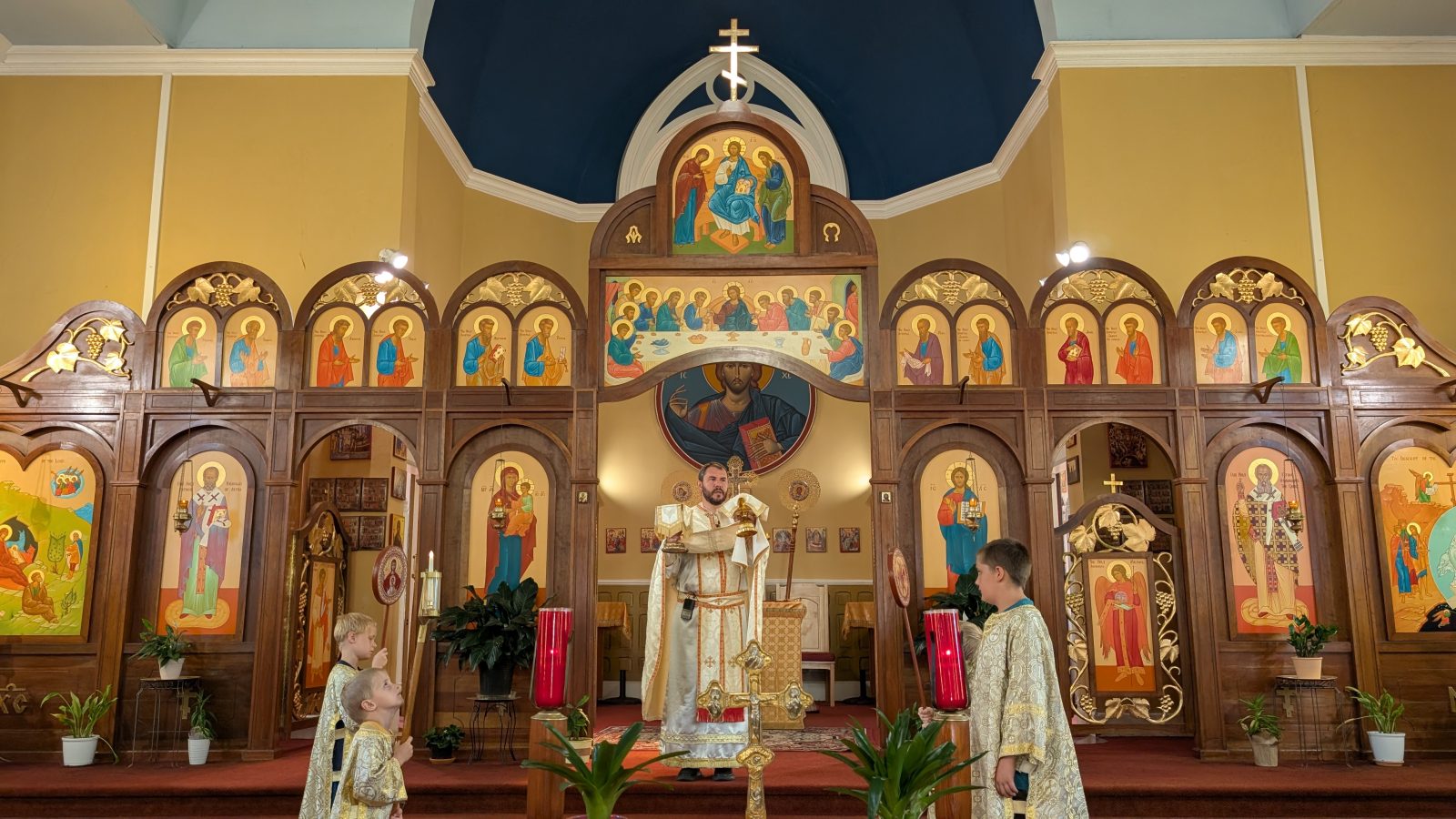Welcome to Saint Athanasius the Great Byzantine Catholic Church
We are the Light of the East for Central and Southern Indiana, joyfully worshiping in the rich traditions of the Byzantine Rite while in full communion with the Pope of Rome. Rooted in the ancient customs of Constantinople, our parish offers the beauty of Eastern liturgy in the heart of downtown Indianapolis.
Who We Are
As Byzantine Catholics, our faith is fully Catholic, guided by bishops appointed by the Holy Father, yet expressed in the ancient and vibrant worship of the Christian East. Our services are in English, with some parts in Old Church Slavonic, sung entirely without instruments, and enriched by the use of holy icons rather than statues. We invite you to experience the depth, beauty, and prayerful stillness of our Divine Liturgy.
Our Traditions
-
A Cappella Worship – All services are sung, with active participation from the congregation.
-
Holy Icons – Sacred images, “written” according to ancient tradition, lift our hearts to heaven.
-
Holy Communion – Received under both forms (leavened bread and wine) from a common chalice, using a golden spoon.
-
Eastern Gestures of Prayer – We cross ourselves from right to left, bow on entering and leaving, and honor the divinity of Christ in every gesture.
Learn more about our history and the Byzantine Catholic Church ›

